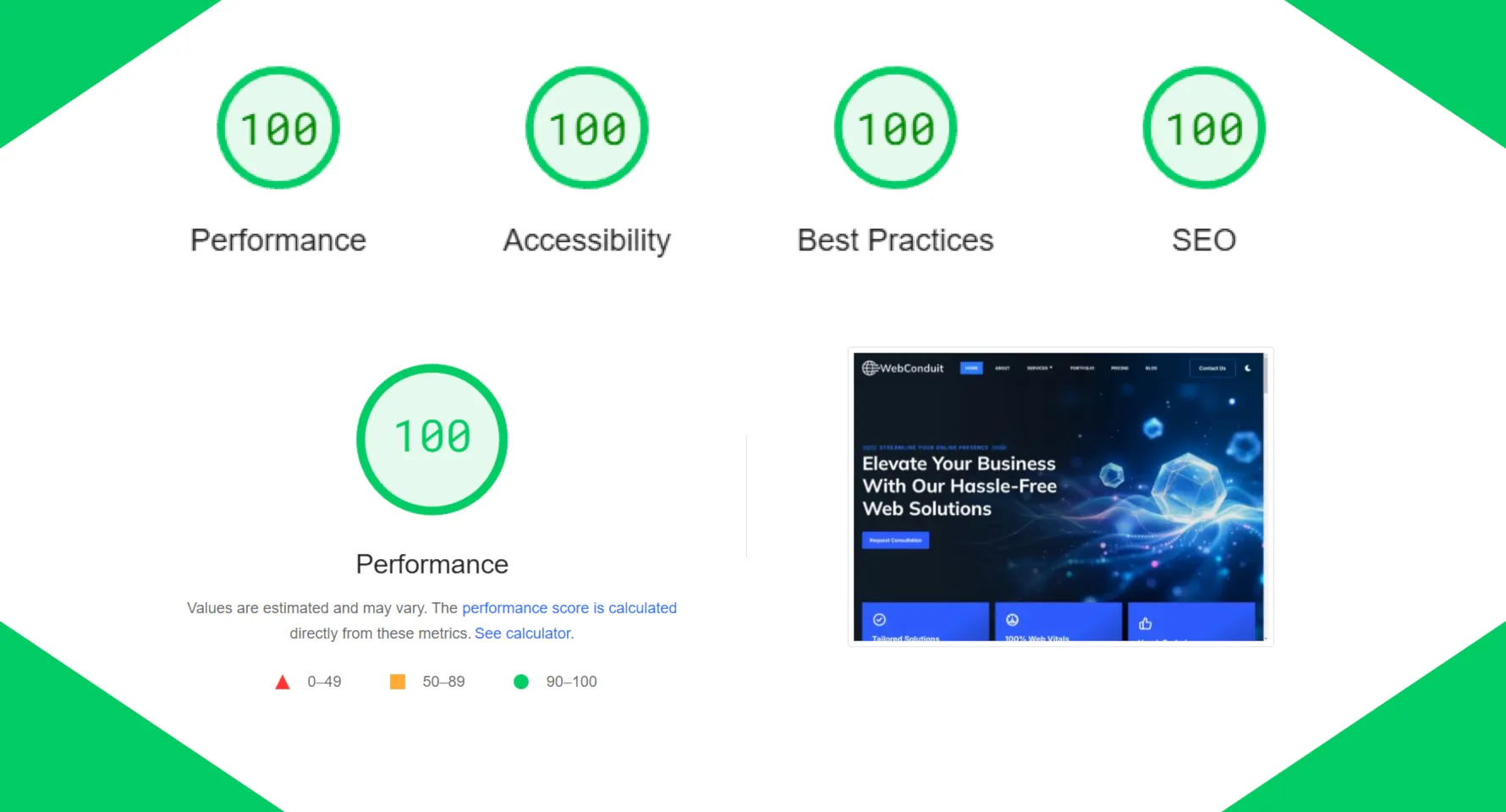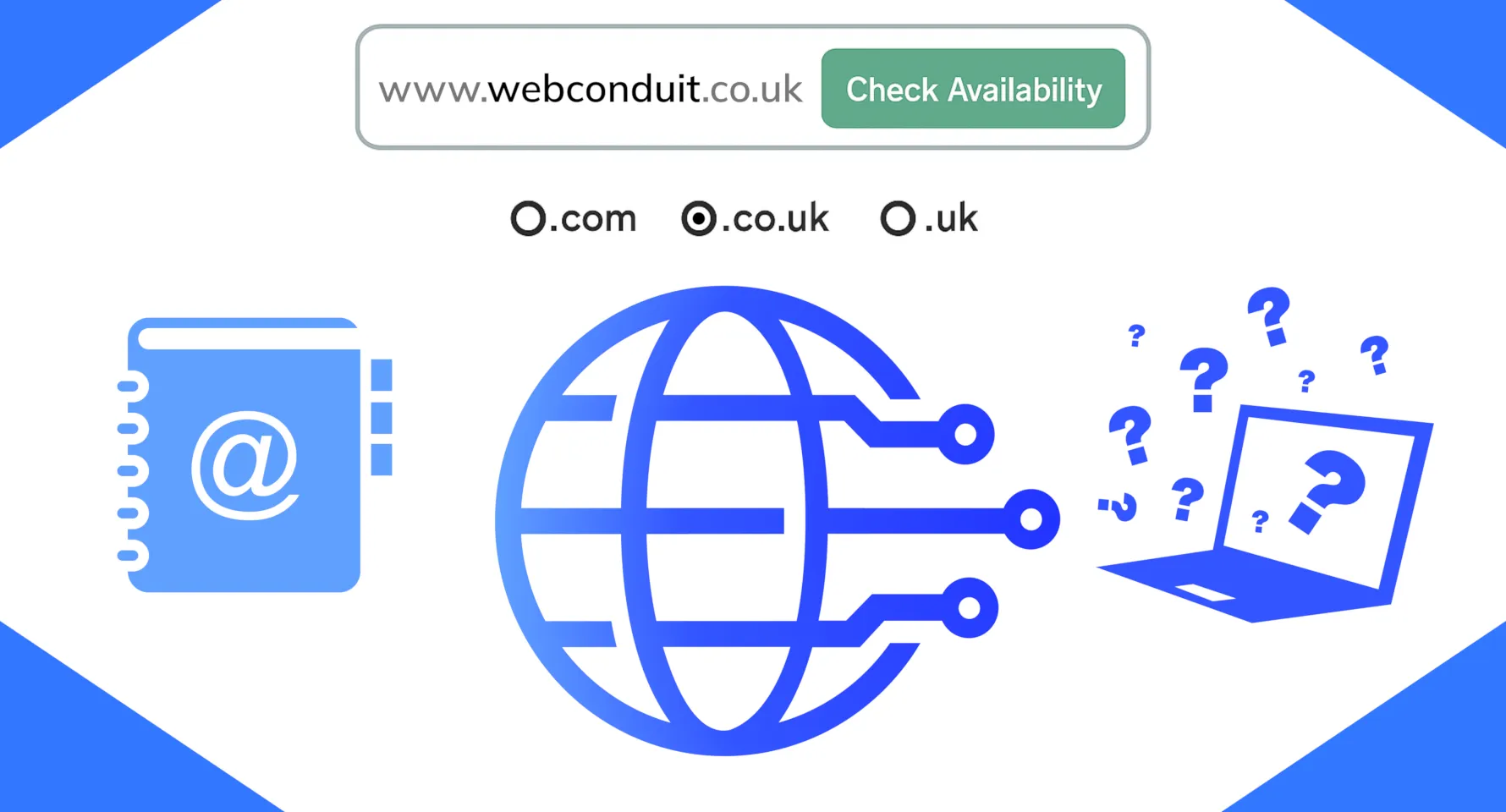
UK Businesses Beware: Your Website Must Be Accessible by 28th June
From 28th June 2025, the European Accessibility Act (EAA) will require any UK business selling digital goods or services in the EU to meet strict accessibility standards. This builds on existing laws such as the UK's Equality Act and the US ADA. Accessible websites conform to WCAG guidelines, ensuring people with disabilities can perceive, navigate, and interact with content. Yet only around 3–4% of the web meets these standards. Common gaps like missing alt text or unstructured headings can take time to remedy, but the payoff—legal compliance, SEO gains, and tapping into a £274 billion spending market—is well worth it.
At WebConduit, we build fully accessible websites by design, giving you peace of mind and a competitive edge as these regulations come into force.
European Accessibility Act 2025: What UK Businesses Need to Know
The European Accessibility Act becomes law across the EU on 28th June 2025, creating significant implications for UK businesses. Although this isn't UK legislation, it directly impacts any British company that sells digital products or services to EU customers. The EAA requires that these digital offerings meet harmonised accessibility criteria, which largely align with Web Content Accessibility Guidelines (WCAG) Level AA standards.
We've noticed many UK businesses aren't aware that their EU operations will soon be subject to these requirements, potentially putting their market access at risk. The Act covers everything from e-commerce platforms to digital content and services, making it relevant to a wide range of businesses regardless of size. With barely six weeks before implementation, understanding these requirements now gives you time to prepare properly.
Website Accessibility Laws: UK Equality Act and ADA Compliance Penalties
The landscape of digital accessibility legislation has been evolving globally for years, with significant consequences for non-compliant businesses:
- Americans with Disabilities Act (ADA): In the US market, inaccessible websites have led to thousands of lawsuits against businesses of all sizes. Penalties can reach up to $75,000 for first violations and $150,000 for subsequent offences, not including legal fees and remediation costs.
- Disability Discrimination Act 1992: Australian regulations require public-facing websites to follow WCAG guidelines, creating another compliance consideration for businesses operating in that market.
- Equality Act 2010: Here in the UK, this legislation explicitly prohibits disability discrimination, including barriers to digital access. While it doesn't specify technical standards, courts increasingly reference WCAG guidelines in discrimination cases.
- European Accessibility Act: This newest legislation makes WCAG 2.2 AA compliance mandatory for key sectors doing business in the EU, with no exceptions for foreign companies.
We've observed a clear trend of increasing enforcement, with courts becoming more sophisticated in their understanding of digital accessibility issues. This makes proactive compliance not just best practice, but a strategic business necessity.
WCAG 2.1 AA Standards: Essential Website Accessibility Features
The Web Content Accessibility Guidelines (WCAG) provide the framework that most legislation references when defining an accessible website. These guidelines are organised around four key principles—websites must be perceivable, operable, understandable, and robust for all users.
Key features of an accessible website include:
- Keyboard navigation: Users should be able to access all functionality using only a keyboard, essential for those who cannot use a mouse
- Screen reader compatibility: Proper HTML structure that allows assistive technology to interpret your content correctly
- Sufficient colour contrast: Text must be easily distinguishable from backgrounds to support users with visual impairments
- Readable text with scalable fonts: Content should remain accessible when zoomed or resized
- Mobile responsiveness: Interfaces must work across different devices and screen sizes
- Clear focus indicators: Visual cues showing which element currently has keyboard focus
Additionally, public sector websites must publish an accessibility statement detailing their compliance level and any known issues. While not yet mandatory for private businesses, we recommend including one as best practice for transparency.
Top Website Accessibility Issues to Fix Before the 2025 EAA Deadline
Our audits consistently reveal several common accessibility problems that could put your business at risk of non-compliance:
- Alternative text deficiencies: Approximately 56% of website images lack proper descriptive text on their homepages, leaving screen reader users unable to understand visual content
- Form design problems: Input fields without correctly associated labels prevent many users from completing essential transactions
- Poor heading structure: Using styled text instead of semantic heading tags (
<h1>–<h6>) breaks navigation for users of assistive technology - Insufficient colour contrast: Text that's difficult to read affects users with visual impairments and colour blindness
- Lack of captions and transcripts: Audio and video content remains inaccessible without text alternatives
- Missing ARIA attributes: Dynamic content like modals and menus needs explicit roles and properties to function with assistive technology
- Seizure risks: Content with flashing elements can trigger photosensitive epilepsy in vulnerable users
Making these corrections requires careful planning and technical expertise. The remediation process can be challenging when working with existing websites built without accessibility in mind. Each element needs careful assessment and often significant code changes to bring into compliance.
Business Benefits of Website Accessibility: Market Reach and SEO Advantages
Implementing accessibility standards delivers substantial business benefits beyond just legal compliance:
- Expanded market potential: Approximately 16% of the global population lives with some form of disability, representing a significant customer base often ignored by competitors
- Enhanced search engine performance: Many accessibility improvements—semantic HTML, proper headings, descriptive alt text—directly align with SEO best practices
- Improved site performance: Accessible sites typically load faster and perform better on mobile devices due to cleaner code and structure
- Stronger brand reputation: Demonstrating inclusivity builds goodwill and positive brand perception among all customer groups
- Lower bounce rates: Simplified navigation and clearer content benefits everyone, not just users with disabilities
Financial data reinforces these advantages—research shows that three-quarters of consumers with disabilities remain exceptionally loyal to accessible brands. In the EU alone, this represents access to a £274 billion market. By making accessibility a priority now, you gain competitive advantage while simultaneously preparing for upcoming regulations.
WebConduit's WCAG-Compliant Website Solutions: Built-in Accessibility Guarantee
Why struggle with retrofitting an existing site when you can start with accessibility built in? At WebConduit, every website we create meets WCAG 2.1 AA standards by default. Our hand-coded approach ensures that accessibility isn't an afterthought but foundational to everything we build.
The process of retrofitting accessibility into an existing website can be time-consuming and frustrating. You'll need to audit your current site, redesign problematic interfaces, fix underlying code issues, write alternative text for all images, restructure forms, and test everything with multiple assistive technologies. In many cases, this piecemeal approach costs more than building properly from the start.
With our All-In-One Website Package, you receive a fully accessible website that already meets current standards. As regulations evolve—including the upcoming EAA implementation—we automatically update your site as part of our unlimited edits policy. This proactive approach gives you confidence that your digital presence remains compliant without additional fees or hassle.
We believe accessible websites aren't just about compliance—they're about building better experiences for everyone. By choosing WebConduit, you future-proof your business while demonstrating your commitment to serving all customers equally.
Ready to make your website fully accessible before the 2025 EAA deadline? Contact us today to learn how our hand-coded solutions can give you peace of mind and competitive advantage.
Contact Us


